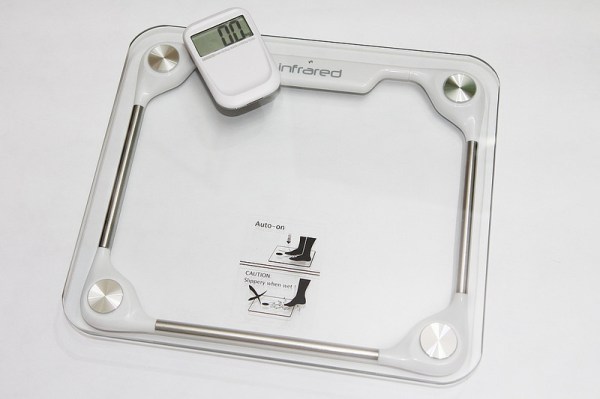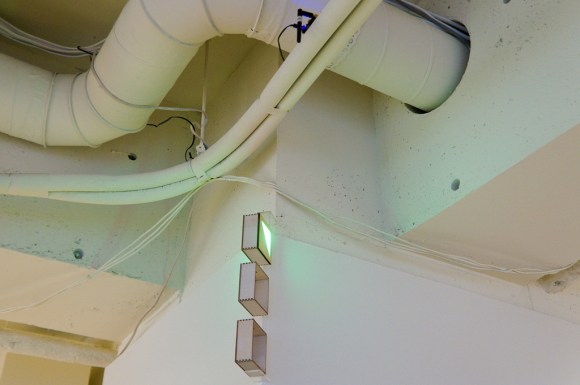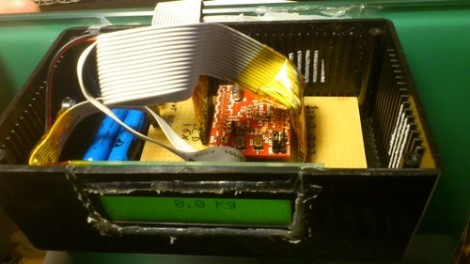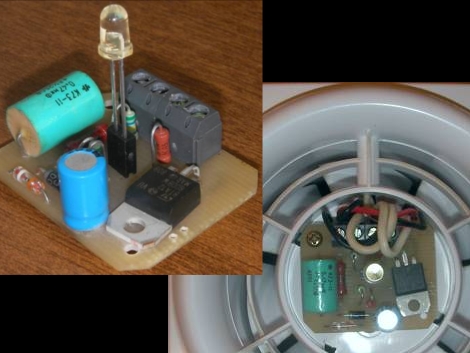In a lot of ways, portable toilets are superior to standard indoor-plumbing-style toilets. This is mostly due to the fact that they have a status indicator on the door. It’s a shame that no indoor bathrooms have figured this out yet, especially in office buildings where your awkward coworkers bang on every door rather than just check for feet in the huge gap that for some reason exists between the floor and the stall door. Anyway, [Chris] and [Daniel] came up with a solution for this issue, which also eliminates wait time for bathrooms in their office.
Their system is an automated bathroom status indicator that reports information about the bathroom’s use over WiFi. Since the bathrooms at their facility are spread out, it was helpful to be able to look up which bathroom would be free at any given moment. Several Raspberry Pis form the nerves of the project. Custom sensors were attached to a variety of different door locks to detect status. Each Pi reports back over WiFi. This accomplishes their goal of being subtle and simple. They also point out that they had to write very little code for this project since there are so many Unix and embedded hardware tools available to them. Checking the status of the bathroom can be as simple as running netcat.
If you’re looking to roll out your own bathroom status monitor solution, [Chris] and [Daniel] have made their code available on GitHub. There are a number of other ways to automate your bathroom, too, like switching the exhaust fan on when it gets too smelly or humid, or even creating a device that dispenses your toilet paper for you.
















